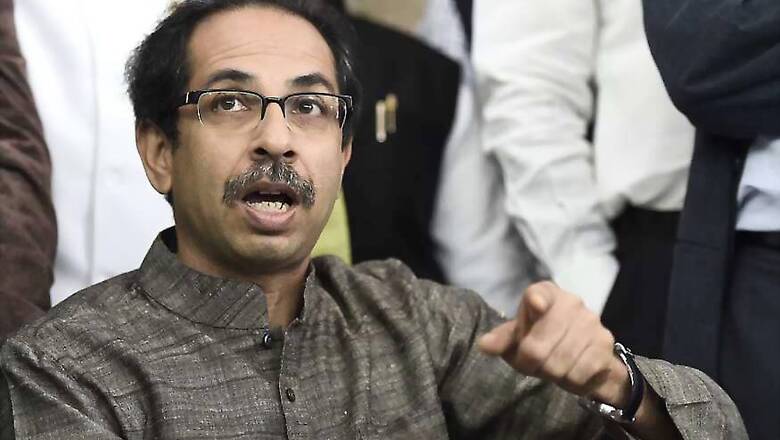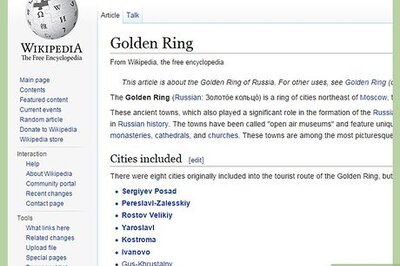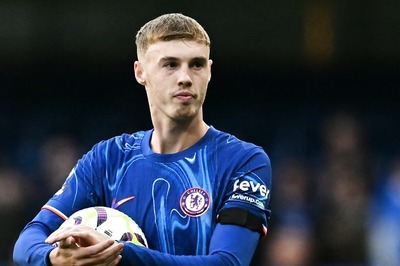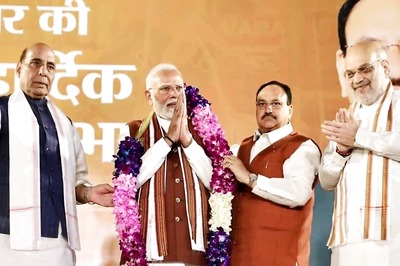
views
It took BJP less than 72 hours to install a coalition government in Haryana. Even as the votes were being counted, some Independent MLAs were reportedly on board chartered planes to Delhi to promise support to Manohar Lal Khattar, who had failed to win a clear majority in the Assembly polls. The BJP was quick to touch base with Dushyant Chautala’s JJP and even offer him the deputy chief minister’s post in no time.
All this in a state which sends 10 MPs to the Lok Sabha. The alacrity shown to install the government in Haryana in sharp contrast to the apparent apathy in Maharashtra, where BJP won a clear majority with a pre-poll ally, has baffled many. It’s been two weeks since the last votes were counted and there is no clarity yet on who is with whom in a fractured polity that the state assembly polls have thrown up.
Nobody really knows whether there have been any serious talks between the Sena and the BJP on the distribution of power, or if the two sides have sought to talk through only their respective mouthpieces - Saamana and Tarun Bharat.
Sources in the Sena indicate the BJP is yet to come up with a serious power sharing proposal. The Sena, it seems, wants talks to be based on what they claim as a pre-poll agreement struck ahead of the Lok Sabha polls earlier this year, when sharing of seats for both Lok Sabha and Assembly polls, chief ministership, number of ministers in the state and the Union council were laid bare in a blueprint.
The “50-50” refrain by leaders of the Sena has been to underscore the “commitments” made earlier. In many ways, the Sena is seeking to define and get in writing contours of power sharing with the BJP.
It seems the Thackeray-led party wants to have an arrangement with the BJP where they not only share power but are also seen to be in power. It is imperative for them to demonstrate to their supporters that the party is in control.
For Uddhav Thackeray, the issue involved here is more than just who forms the government and how. This perhaps is his biggest political test. In the last five years, the BJP has expanded at the cost of its erstwhile senior partner - Shiv Sena.
The Congress and the NCP in these elections have shown signs of regaining lost ground. For the Sena, the example next door in the state of Goa is quite telling, where once the BJP was a junior partner to Maharashtravadi Gomantak Party or the MGP. The MGP had a strong base among non-Brahmin, non-Christian Hindus.
But within a span of two decades, the MGP stands isolated on the margins and the BJP has had two consecutive terms in office.
Similarly, in Maharashtra, the Sena has to take a call on whether it would be able to politically sustain its core constituency if it were to remain in a BJP-led government in Maharashtra for another five years.
The numbers in the current assembly open up a choice for the Sena. It is the oldest BJP ally. The two NDA partners have stood by each other through the rough and tumble since late eighties. For reasons thereof, the BJP may think that Sena has been presented with a Hobson’s choice. But the Shiv Sena may have a completely different perspective on the developing situation.
To be or not to be with the current BJP is a political decision which rests entirely with Uddhav Thackeray. Whatever he decides may have larger political implications both in Maharashtra and outside.
For instance, JD(U) in Bihar, which runs a coalition government with the BJP, would take a long and hard look at the developments in Maharashtra.
Even for the Congress and the NCP, a post poll tie up for the government formation with the Shiv Sena is more than just a leap of faith. Congress has left things more or less to Sharad Pawar. But the UPA allies will not commit anything till Thackeray makes a formal announcement on his party's continuance in the NDA. Pawar would want to meet Thackeray halfway down the bridge.


















Comments
0 comment